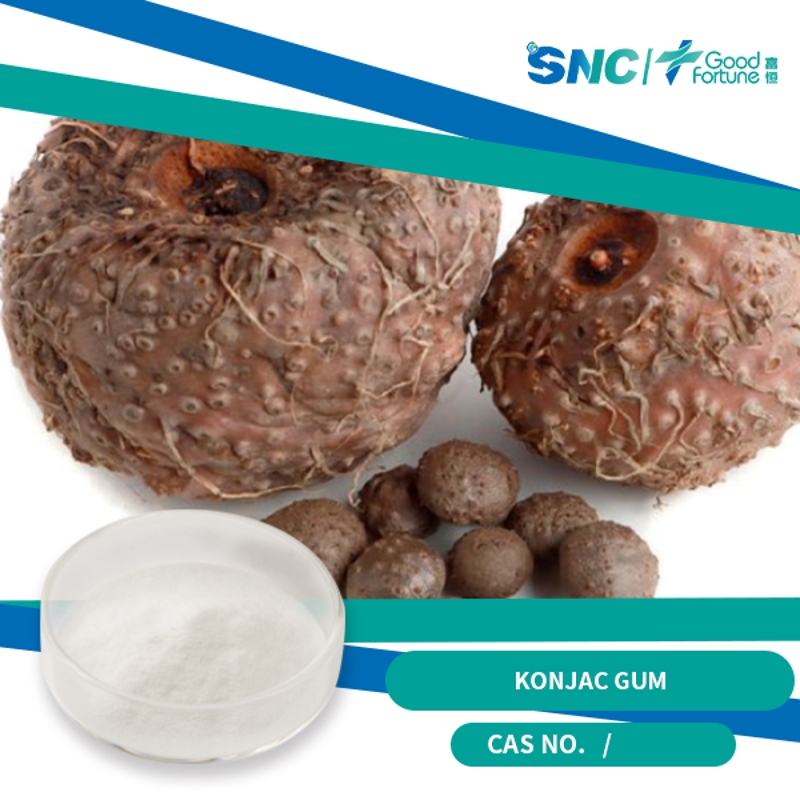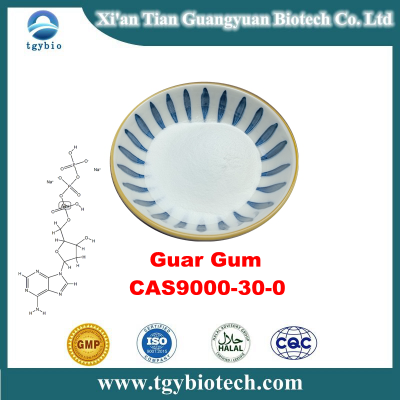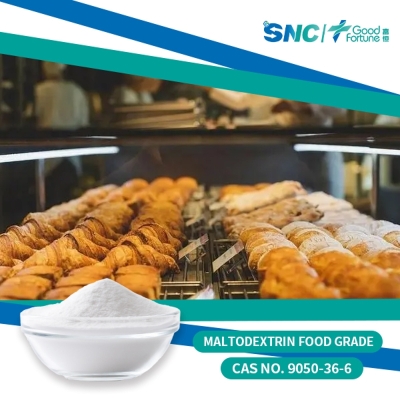How to use food thickeners
-
Last Update: 2017-04-02
-
Source: Internet
-
Author: User
Search more information of high quality chemicals, good prices and reliable suppliers, visit
www.echemi.com
Introduction: food thickener is a commonly used food additive in the food industry How to use food thickener? Is it safe to add thickener in food? Let Baibai safety net make up the answer for you Thickener is a kind of food additive, which is harmless to human body It is mainly used to improve and increase the viscosity of food, maintain the color, fragrance, taste and stability of liquid food and jelly food, improve the physical properties of food, and make food have a sense of lubrication and palatability There are 39 kinds of thickeners approved for use in China Thickeners are not always synthetic, many of them are also extracted or fermented in natural foods, such as alginate sodium, agar, xanthan gum, etc The commonly used thickeners are cellulose ether and its derivatives, associated alkali swelling thickener and polyurethane thickener (1) Cellulose ether and its derivatives: cellulose ether and its derivatives thickeners mainly include hydroxyethyl cellulose, methyl hydroxyethyl cellulose, ethyl hydroxyethyl cellulose, methyl hydroxypropyl cellulose, etc Hydrophobically modified cellulose is an associated thickener by introducing a small amount of long-chain hydrophobic alkyl on the hydrophilic framework of cellulose Its thickening effect is comparable to that of cellulose ether thickener with much higher molecular weight (2) Alkali swelling thickener: alkali swelling thickener can be divided into two types: non associated alkali swelling thickener and associated alkali swelling thickener (3) Polyurethane thickener and hydrophobically modified non polyurethane thickener: polyurethane thickener is a kind of water-soluble polymer of ethoxy polyurethane modified by hydrophobic group, which belongs to non-ionic Association thickener The development of environmentally friendly associative polyurethane thickener has been paid more attention In addition to the linear associative polyurethane thickener described above, there are comb like associative polyurethane thickener How to use the food thickener? One of the four video thickeners of gelatin, in different foods, gelatin has different dosage In meat products, meat filling products, frozen juice meat and other foods, the dosage of gelatin is 2% - 9%; in the production of fruit jelly, the dosage of gelatin is 2%; in the production of toffee, the dosage of gelatin is 0.4% - 1.5%; in the production of ice cream, the dosage of gelatin is 0.1% According to the small edition of Baibai safety net, it is necessary to soak it in cold water for several hours before use, so as to avoid a large number of bubbles and dead blocks caused by the final full expansion during heating After full expansion, it is required to separate water for heating, and the temperature of glue liquid is controlled below 70 ° C Make it completely dissolved before use The glue liquid that has not been used up shall be stored in a cold storage or a cool and ventilated place, so as to avoid hydrolysis and deterioration of the glue, which may affect the use Is it safe to add thickener to food We need to dialectically understand this problem On the one hand, food thickener is approved by the state, but although the use of food thickener is approved by the state, there are certain dosage standards, and it is safe to use in this range, but if it is beyond the scope of use, it may affect human health, so we need to correctly understand food thickener Problem with thickener Understanding food safety knowledge and learning to use food safety detector can help us know more about food safety problems Editor in charge: he xianrob
This article is an English version of an article which is originally in the Chinese language on echemi.com and is provided for information purposes only.
This website makes no representation or warranty of any kind, either expressed or implied, as to the accuracy, completeness ownership or reliability of
the article or any translations thereof. If you have any concerns or complaints relating to the article, please send an email, providing a detailed
description of the concern or complaint, to
service@echemi.com. A staff member will contact you within 5 working days. Once verified, infringing content
will be removed immediately.







